If your system makes a lot of noise, your fan can be a problem. The first and most important step in performing computer maintenance to remove the system from the electrical outlet.
You will need to check the fan to see how it is connected. The program follower will probably be attached with a few screws. If you release the fan screws, you will need to disconnect the fan from its power supply.
Take a fan to your repair shop and buy a new one. After replacing your fan, reinstall the cover and connect the machine. The fan should work fine after being replaced and the sound you heard will be gone.
Types Of Computer Maintenance
There are certain types of computer maintenance that you would like to do yourself. There are a few adjustments that can be handled with specific instructions and attention to detail.
Computer maintenance that you can take care of yourself to install a battery or a computer monitor. Every desktop system has a favorite inside of it.
A system fan is used to keep computer parts cool. It is important for the follower to work properly to ensure that the system is not overheated.
If your system is malfunctioning, you may need to update your register. System registration is part of your operating system that monitors and records the details of all settings and preferences of users of all hardware and software.
Whenever a change is made it is recorded in a book. With so many changes, the register becomes cramped and full of time.
The registry can also be used with virus code to provide sensitive information and create malware in the application. As with any tool you use your system requires regular maintenance and adjustments including good configuration for full registration.
Scan The Virus
Another thing you need to do for your system is scan the virus. The virus is usually found on file, and can be in one of two states: active and inactive.
When an infected file is not used, the virus is in a state of inactivity, and it does not really harm. In cases where the virus does not work, it is sufficient to delete the file.
When an infected file starts to be created (if it is started by a user, operating system, or another program), the virus changes its status and becomes inactive, and then begins to perform harmful functions on the system.
Once the virus has been detected, the best thing you can do next is to use anti-virus software, scan and clean the system. If you have anti-virus software on your system (most users do that), make sure the software is up-to-date.
Most anti-virus software works periodically, scheduled or manually scanning your system according to your preferences, and when fully updated, will immediately detect any malicious activity or files on your system.
You will have the options to remove, uninstall or disinfect the virus depending on the type of antivirus you are using. If you are unfamiliar with the software, the only recommendation is to delete that file immediately, thus removing any threats to your system's security.
If all else fails, you can always resize. The use of a personal system depends on overwork and overcrowding. It has minimal storage space, absorbs spyware and viruses that ultimately delay the operation of the system. If nothing else can be made the final decision to format the program.
Wrap Up
Good advice would be to support everything before proceeding with the format. System formatting removes everything from the hard drive so if you have music or documents you need to save them to an external hard drive or CD before proceeding


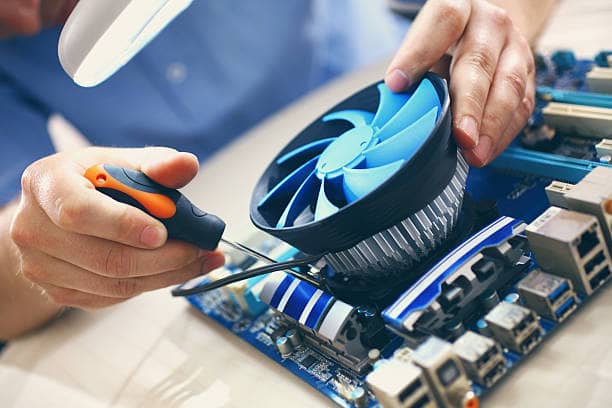

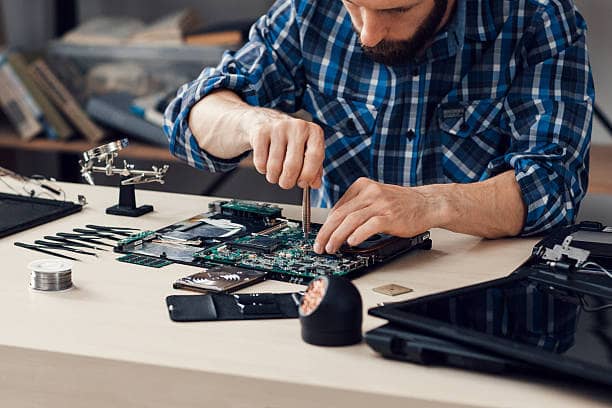
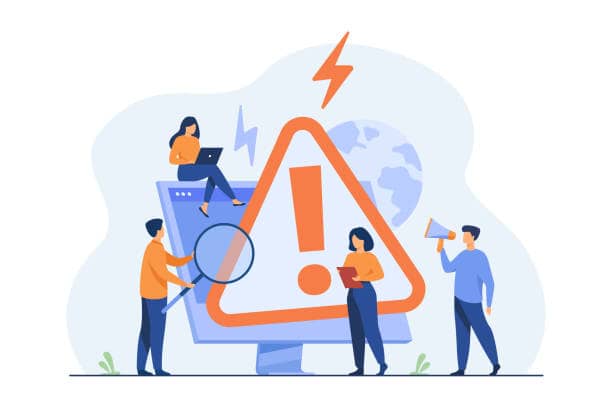
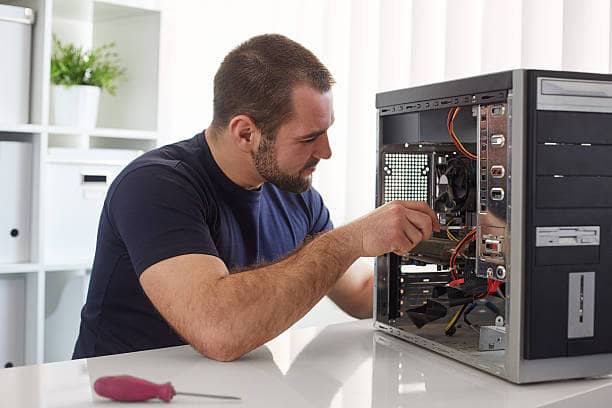
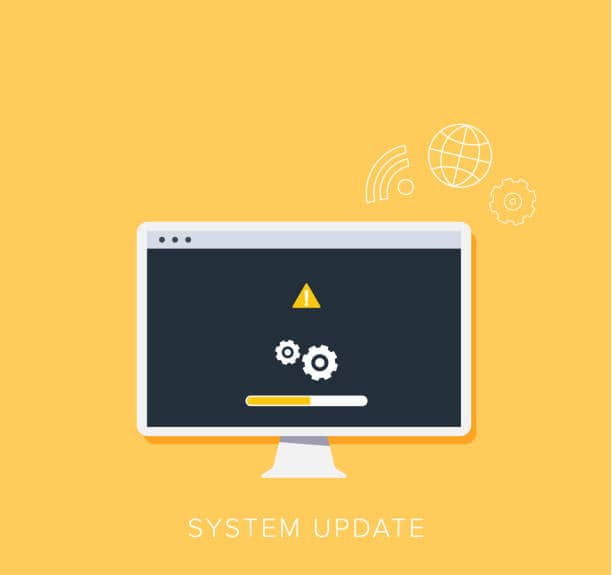
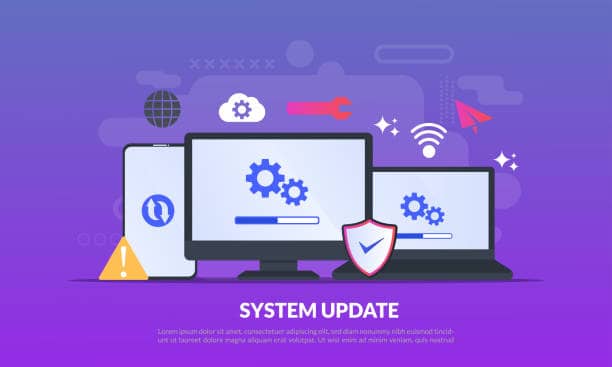
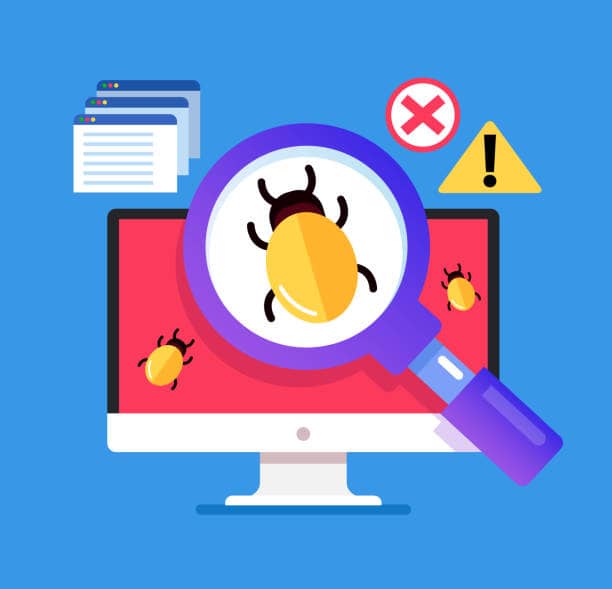
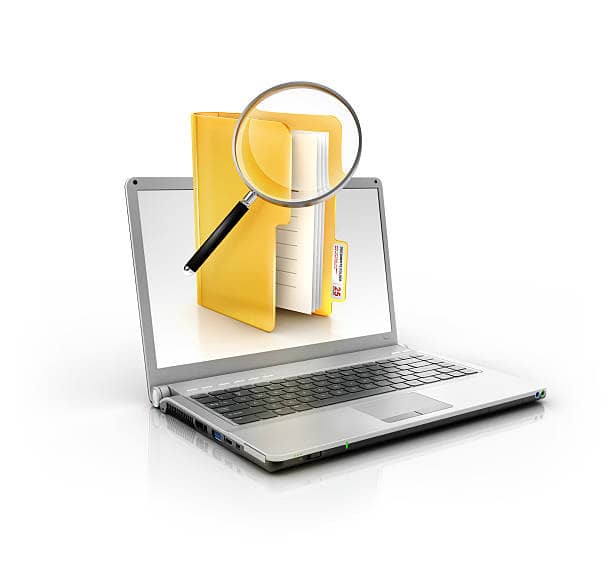



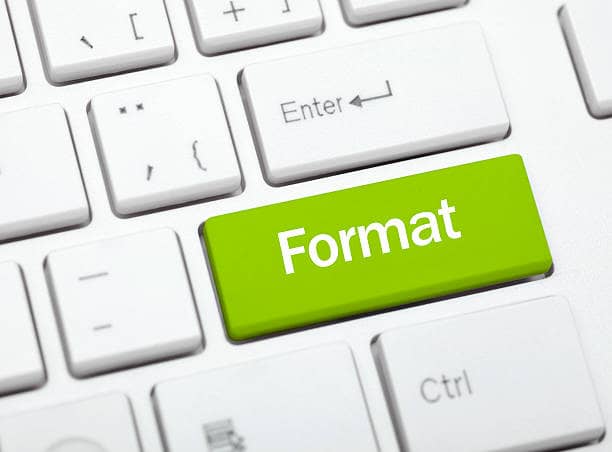



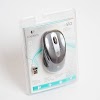

0 Comments